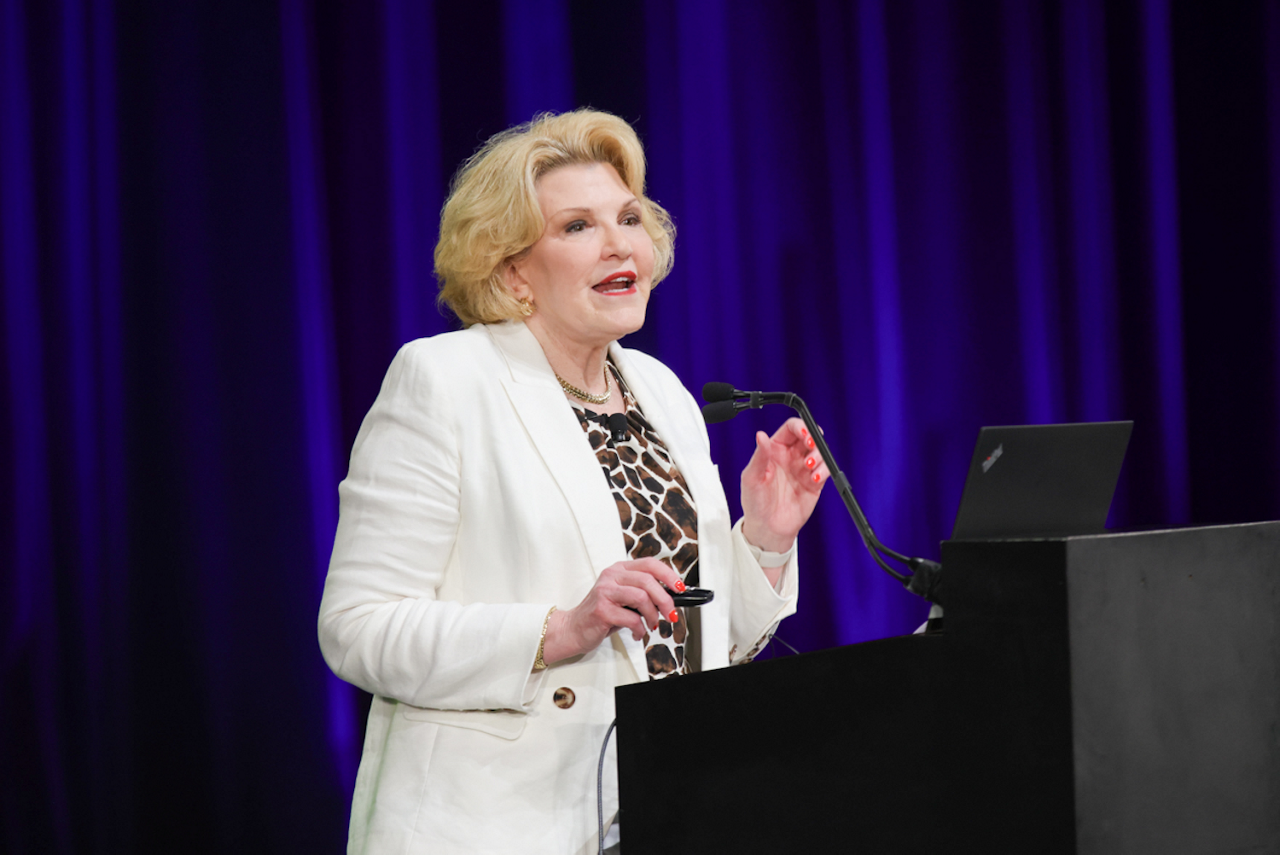Ed note: Posts published on From the Workplace are written by outside contributors and do not necessarily reflect the view or opinion of SHRM.
In today’s dynamic workplace, aligning employee professional purpose with organizational goals is no longer optional—it’s a strategic imperative. Professional purpose, the intrinsic alignment of an individual’s motivations with their role, drives engagement, retention, and productivity. Yet, a gap persists: less than half of employees in a recent study feel their work provides meaning.
For HR professionals, particularly senior leaders, and midcareer practitioners, professional purpose presents both a challenge, and an opportunity to address retention, multi-generational dynamics, and employee well-being.
Defining Professional Purpose in the Modern Workplace
At its core, professional purpose is the alignment between an individual’s intrinsic motivations and their role within an organization. It transcends job descriptions and paychecks, providing employees with a sense of meaning and connection to their work. While professional purpose is personal, it flourishes in environments where organizational goals and values resonate with the individual.
The significance of professional purpose is underscored by research. A recent study by McKinsey & Company revealed that employees who find purpose in their work report higher levels of engagement, productivity, and overall well-being. However, the same study highlighted a striking disconnect: only 35% of employees feel their work provides meaning, while nearly 70% of executives believe their organizations foster purpose effectively.
This gap presents an urgent challenge for HR leaders. Without intentional efforts to address it, organizations risk losing top talent and falling behind in an increasingly competitive landscape.
Why Professional Purpose Matters
Higher levels of engagement aren't the only reason to focus on employees' professional purpose. Others include:
- Retention in the post-pandemic workforce: The pandemic shifted employee priorities, spotlighting personal values and purpose. The “Great Resignation” underscored how misaligned values drive turnover. HR leaders must ensure employees feel connected to their roles and the organization to retain top talent.
- Navigating a multi-generational workforce: With five generations in the workplace, professional purpose is a unifying factor. Younger employees often seek purpose early, while seasoned employees rediscover it through mentorship or legacy-building.
- Enhancing employee experience: Purpose-driven workplaces foster alignment, reduce burnout, and increase engagement. Such environments boost employee performance by 17%, according to Gartner.
Strategies to Cultivate Professional Purpose
HR leaders must intentionally create opportunities for employees to discover and align their professional purpose with the organization’s mission. Below are actionable strategies tailored for senior HR executives and midcareer professionals:
1. Embed purpose into culture.
- Define and communicate clear, actionable organizational values.
- Train leaders to model purpose-driven behaviors and share stories.
- Recognize employees who engage their aligned purpose to strengthen organizational values.
2. Integrate purpose into career development
- Offer workshops to help employees align strengths with roles.
- Shift performance reviews to focus on aspirations and purpose-driven goals.
- Facilitate mentoring programs to provide diverse perspectives on purpose.
3. Leverage technology.
- Use AI tools for career bathing and aligning employee professional purpose with opportunities.
- Conduct pulse surveys to gauge employee alignment with organizational values.
- Provide personalized learning platforms to develop purpose-linked skills.
4. Address purpose across the employee lifecycle.
- Introduce purpose-centric onboarding for new hires.
- Offer midcareer coaching to reconnect employees with their purpose.
- Highlight late-career employees’ contributions to organizational legacy.
Overcoming Challenges
There are several hurdles to helping workers unlock their professional purpose. They include:
- Misaligned values: Conduct regular audits to ensure authenticity in organizational values.
- Resistance to change: Start with pilot programs and share success stories to build momentum.
- Measuring impact: Use metrics like engagement scores, retention rates, and performance data to evaluate purpose-driven initiatives.
The Business Case for Professional Purpose
Purpose isn’t just a feel-good concept; it’s a driver of innovation and retention. Deloitte research shows purpose-driven companies are 30% more innovative and far better at retaining talent. HR leaders who embrace this trend foster not just individual growth but also organizational resilience.
Looking Ahead
As AI, remote work, and global competition reshape traditional roles, professional purpose will remain a cornerstone of effective management. By championing purpose, HR professionals can advance careers, empower employees, and build thriving workplaces.
As you navigate this journey, remember: the heart of HR lies in helping people discover and engage their full potential. Professional purpose isn’t just a trend—it’s a transformative tool for today’s workplace and tomorrow’s success.
Hope LeNoir, founder of Rise and Fly LLC, is an international speaker and author with over two decades of expertise in leadership, career coaching, and business transformation.
An organization run by AI is not a futuristic concept. Such technology is already a part of many workplaces and will continue to shape the labor market and HR. Here's how employers and employees can successfully manage generative AI and other AI-powered systems.




